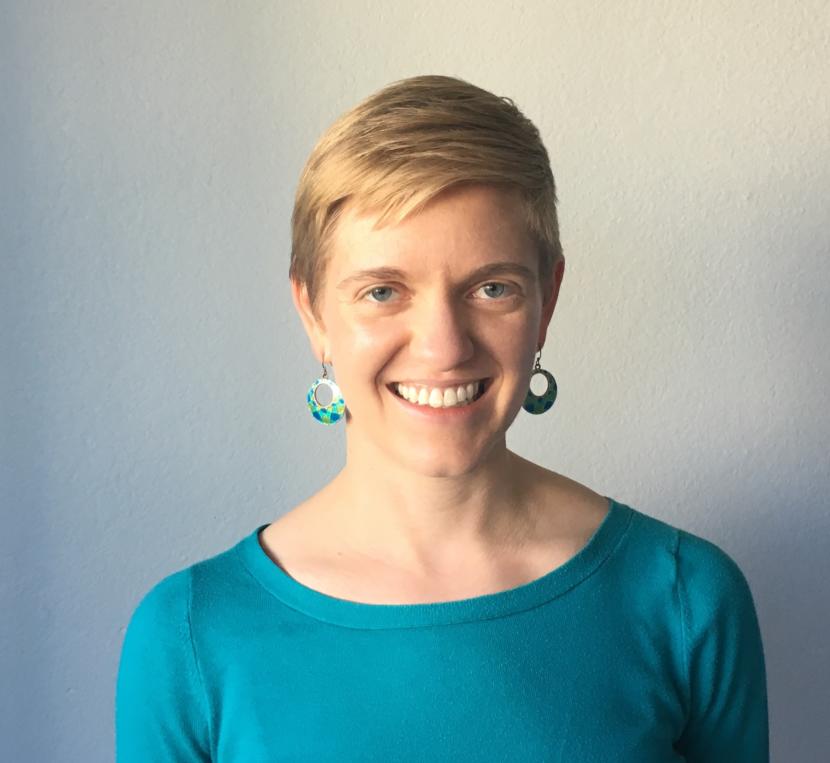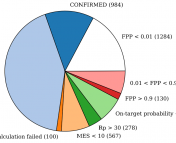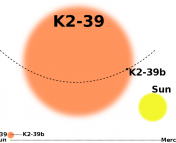In this series of posts, we sit down with a few of the keynote speakers of the 240th AAS meeting to learn more about them and their research. You can see a full schedule of their talks here, and read our other interviews here!

“If we really want to understand habitability, we really can’t just look at one planet all by itself. We have to look at the environment as well – it’s important to look at systems as a whole.” This approach is at the core of Prof. Courtney Dressing’s research.
Prof. Dressing is a professor of Astronomy at the University of California, Berkeley and one of the founders of Astrobites, received the 2021 Newton Lacy Pierce Prize in Astronomy and will be giving a plenary lecture on her work on planetary systems at AAS 240.
At Berkeley, Dressing researches planetary systems around nearby stars. She is the recipient of this year’s Pierce Prize, awarded for her leading contributions to exoplanet research over the past five years. Dressing’s work focuses on the formation, composition, and evolution of planets around low-mass M stars, which you can hear more about during her plenary talk “A Trio of Multiplanet Systems and Pathways to Habitable Worlds.”
Dressing grew up reading and watching science fiction, staring up at the Moon and planets through a telescope handed down from her father, and setting unwanted math and science problems for her two younger siblings. “Initially I wanted to be an astronaut, I wanted to be the first person to go to Mars,” she says, but during her major in astrophysical sciences, Dressing realized she had more of a flair for telescope observations and programming than geological sketches. As a college junior, she gave a presentation on the Kepler mission, which would later become the basis for her PhD thesis with Prof. David Charbonneau at Harvard, and her introduction into the field of exoplanets.
“It was the smaller, rocky planets that got me into exoplanets in the first place,” Dressing says of her Kepler and K2 work, but her most recent research has focused on much larger planets, and planetary systems as a whole. Recently, Dressing has been looking at a recent spectrum of HIP41378, a nearby F-star with a low-density Jupiter-like planet on a 540-day orbit that “is an opportunity to probe the atmosphere of something that’s at the interface between cold Jovians like in our Solar System and hot Jupiters, and also brown dwarfs.” Her graduate student Emma Turtelboom has also been looking at a family for 4 transiting planets slightly smaller than Neptune discovered by TESS around TOI1246. “This system is a really interesting test bed for future atmospheric studies because you can look at 4 planets all formed in the same environment and see how they differ.”
In the future, Dressing is looking forward to the prospects of directly imaging Earth-like planets around Sun-like stars. “I think that’s a fantastic goal and I’m excited to see what that next mission looks like.”
Tune into Prof. Dressing’s plenary lecture at 4:40pm PT on Wednesday, June 15th at #AAS240!
Astrobite edited by: Mike Foley




